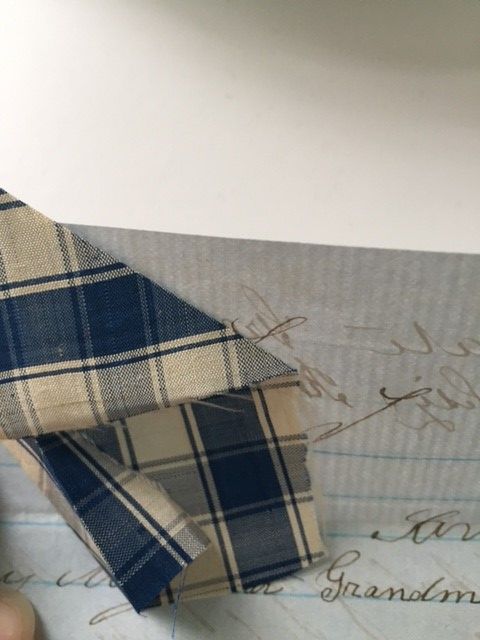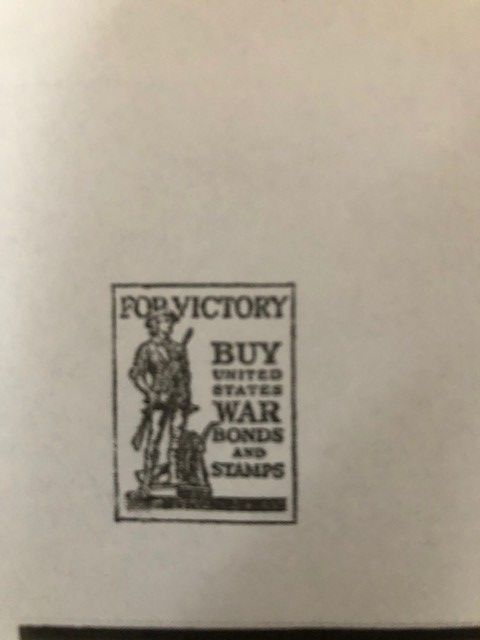Miss Mitchell’s Students: Ellen Swallow Richards
Standing under the canopy of the stars, you can scarcely do a petty deed or think a wicked thought.
Maria Mitchell’s influence reached far and wide and remained strong through many generations of not just her own students but the students of her students. Her immediate galaxy was of course the women who took her astronomy and mathematics classes at Vassar College. She instilled in her students a lifelong love of learning and the knowledge that as women, they had the power, strength, and knowledge to be the future of women scientists and educators in the world. Some would go on to great accomplishments and some would go on to quietly influence other young learners of the world – spreading Maria’s legacy farther afield.
Over the next few blogs, I would like to share with you some of Maria Mitchell’s students.
The fourth is:
Ellen Swallow Richards, 1842-1911
Swallow Richards entered Vassar at the age of twenty-six – not uncommon for women attending the first women’s colleges – as a third year. She graduated in 1870 having only had formal schooling starting at age sixteen. A student of Maria’s – who recognized her ability and promise for science innovation – Ellen found her calling in chemistry which led her to MIT. All other schools had denied her entry based on her sex but MIT reluctantly accepted her as a test – to “ascertain women’s ability in the sciences.” In 1873, she received a Bachelor of Science from MIT and Vassar bestowed a Master of Arts on her at the same time. Together with her husband, Robert Hallowell Richards, a MIT professor of mining, they used their home as a laboratory for devising home efficiencies. She would head a lab for women at MIT which focused on studying “sanitary chemistry.” Her work made her the founder of the home economics movement and during her life she published seventeen books on home economics and sanitation; including the first health food cookbook published in the U.S. She also organized the first school lunch programs, created exhibits on home economics for several world fairs, and introduced healthy and inexpensive cooking to Boston’s immigrant communities.
JNLF
Recent Posts





